Hypoallergenic bedding is a godsend for allergy sufferers that can never seem to find relief — even in the comfort of their beds.
Your bedroom, the master suite of your home, is meant to be a place of refuge and rest. It’s where you leave your worries at the door and seek comfort in the plush confines of your duvet. But did you know that they invade your bedroom by piggybacking off of you?
RELATED: 4 Surprising Reasons Why Pillow Protectors Are Non-Negotiables
Hypoallergenic Bedding — The Secret to a Good Night’s Rest
Allergens Are Everywhere

Dust mites, molds, and pests can make a home anywhere in your house. In fact, common allergens can hitchhike their way into your homes. In addition to pet dander, your pet can also bring outdoor allergens inside your home after their morning walk. Allergens like pollen can also flow through your windows while you’re ventilating your home. And bed bugs and dust mites might travel with you through your luggage.
Common allergens invading your home may include:
- dust mites
- pet dander
- indoor molds
- cockroaches
According to the Asthma and Allergy Foundation of America, three of the most common sources of allergens in your home include:
- bedding
- mattresses without protective allergy covers
- beddings you’re not allowed to wash in hot water
You might be exposing yourself to harmful allergens while you sleep. And because you spend a third of your life in your Serta mattress, you’ll want to keep it free of dust mites.
Allergy symptoms include:
- sneezing, runny nose
- clear nasal discharge
- coughing
- itchy, watery eyes
- scratchy throat
- wheezing
- tightness in the chest
If these symptoms sound all too familiar, it might be time to invest in hypoallergenic bedding.
Each part of your bed, from the mattress to decorate bolsters, might be contributing to your allergy attacks. Without protective hypoallergenic bedding, you might be inviting allergens to your bed.
What Is Hypoallergenic Bedding?
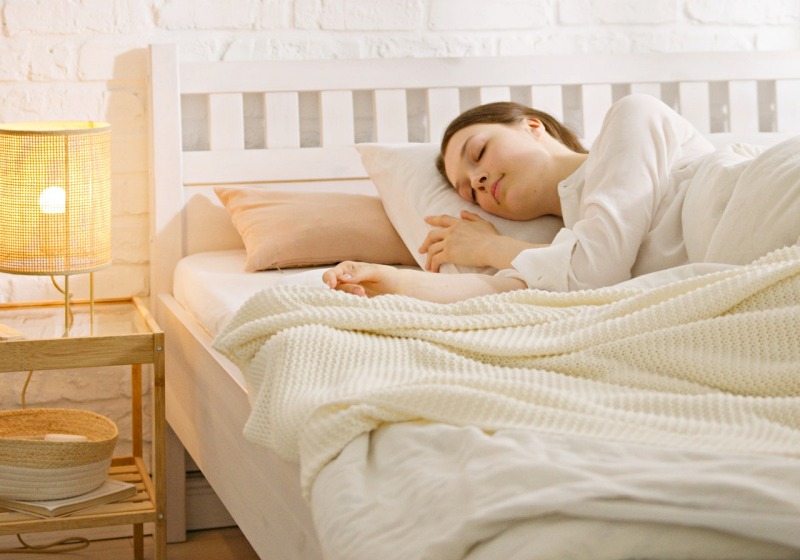
Hypoallergenic bedding is a piece of bedding that specializes in preventing allergens from making a home in your own sanctuary. It can be a mattress protector or pillow protector.
Hypoallergenic mattress covers protectively wrap around the edges of your mattresses. You wouldn’t use hypoallergenic bedding the same way you would use your decorative fitted sheets or flat sheets. Instead, they’re separate pieces of bedding that serve a special purpose. The average bed sheet won’t prevent your morning coffee spill from seeping into the layers of your expensive mattress — but a Serta mattress protector sure will. Put them on your mattress before topping them with your favorite bed sheets.
Similarly, hypoallergenic pillow protectors are not quite the same as your color-coordinated pillowcases. They go under your pillowcase. Waterproof pillow protectors are excellent at protecting your pillow from water from your freshly washed hair or cosmetics.
What Makes Your Bedding Hypoallergenic?
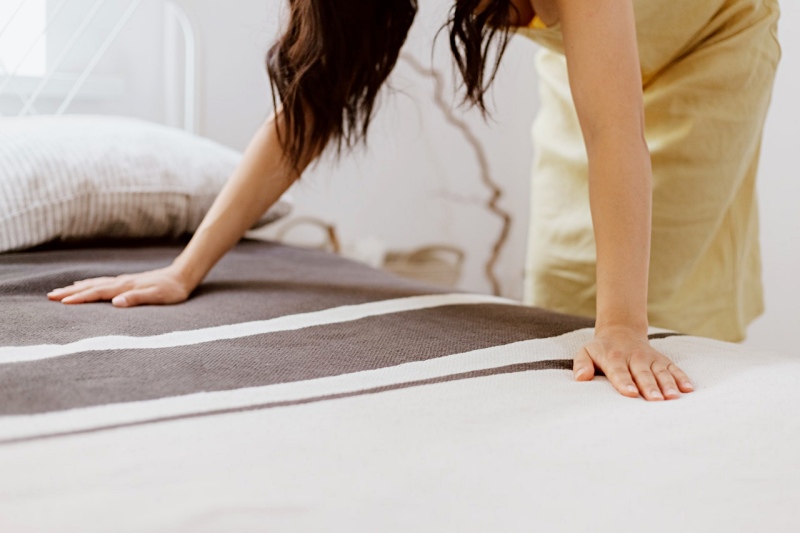
Moisture-wicking fabrics and waterproof materials act as a shield that bed bugs, dust mites, and pet dander can’t penetrate. They ensure that harmful allergens stay out of your mattress to keep it fresh and clean.
Premium mattresses are excellent at staying dry, cool, and hygienic, even with thick, plush layers. But to truly keep them sanitary, they need to be partnered with a mattress protector. This guarantees you full and comprehensive protection and a clean sleeping surface.
The best mattress protector can shield your bed from as many viral, bacterial, and dust mite activities. If you’re a fan of the aesthetic of a mattress on the floor, this is your sign to purchase an allergy protector for your mattress.
RELATED: Pros And Cons Of Putting Your Mattress On The Floor Without A Frame
Hypoallergenic Bedding May Prevent Allergen Build-up
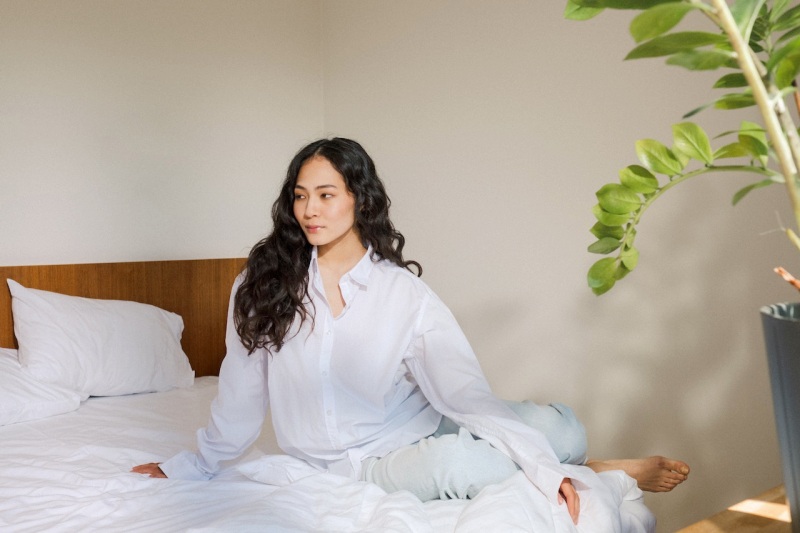
Dust mites are difficult to get rid of. Simple dusting and vacuuming can help, but there is no such thing as a permanent solution. The key to ridding your home of bed bugs, dust mites, and pests — or preventing them in the first place — is to make sure you don’t create the ideal environment for them to thrive.
However, keep in mind that hypoallergenic bedding is not a cure-all. They’re meant to be partnered with constant vacuuming, dehumidifying, and some home redecorating. But they are a powerful tool in combatting runny noses in the bedroom. While it might take more work to rid your home of indoor allergens, mattress protectors can at least prevent mites from becoming your sleeping partners.
Hypoallergenic bedding keeps your mattress cool, dry, and allergen-free. When you regularly wash your bedding, you also get rid of dust mites that might be collecting there. You would also be effectively getting rid of the skin flakes that dust mites feed on.
How to Wash
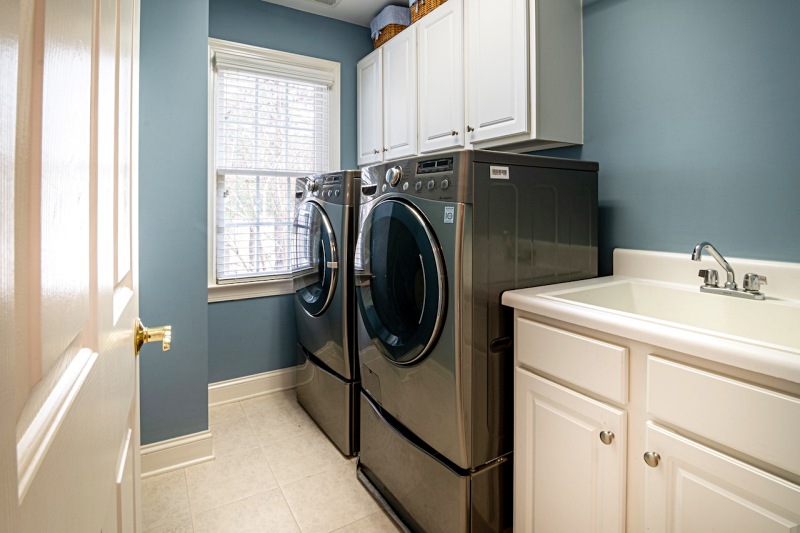
Just like your fitted sheets, hypoallergenic bedding, like your mattress protectors and pillow protectors, must be washed regularly.
Wash them every two weeks, along with the rest of your bedding. But if you’re highly allergy-prone or you find yourself sneezing more than usual, try washing your bedding weekly.
Mattress overs for allergies to dust mites are best washed using hot water (55°C). Hot water can zap allergens, wash them off of your beddings, and leave them fresh and clean.
But be sure to read care labels for specific washing instructions. Materials used in bedding are generally more durable than other fabrics. However, special fabrics may require some special care.
The monsters don’t exist under your bed. They might be living in it. By preventing the worst possible environment for common indoor allergens, you make the best possible sleeping environment for you!
Do you think your allergies are in your bedroom? Do you think hypoallergenic bedding can help you? Did you know there was such a thing? Share your thoughts with us! We’d love to hear from you!
UP NEXT:

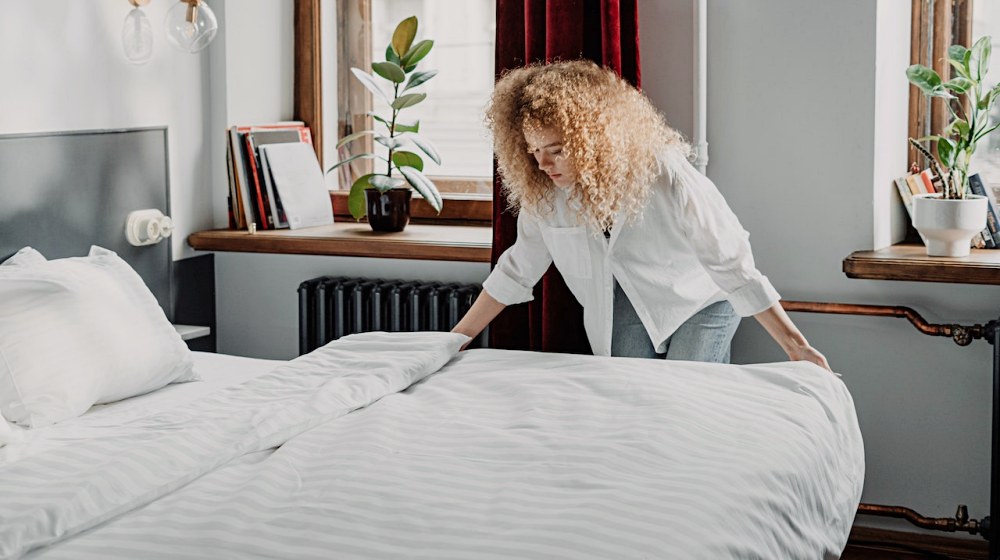







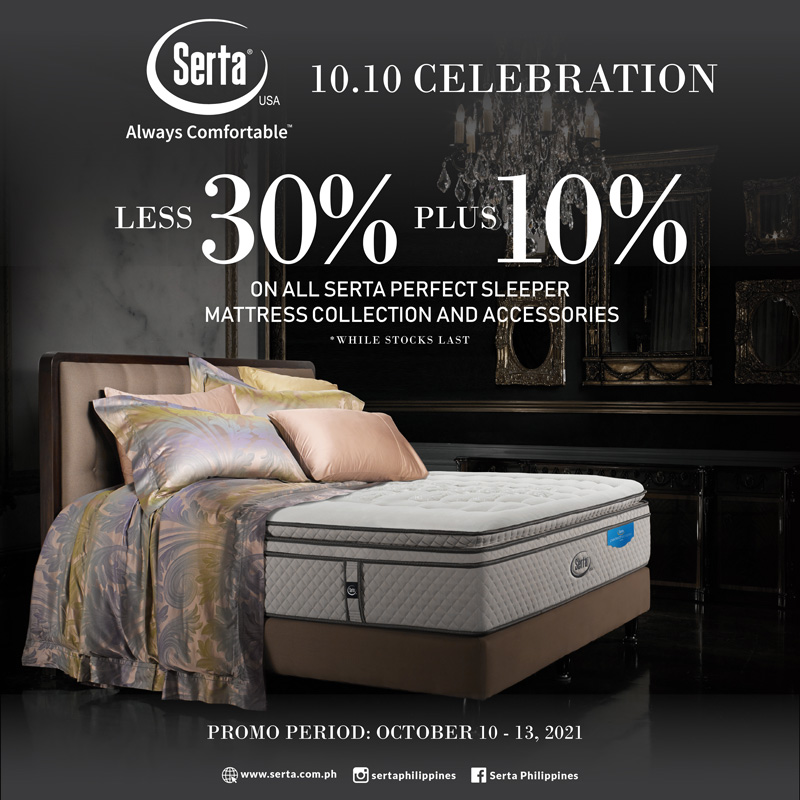
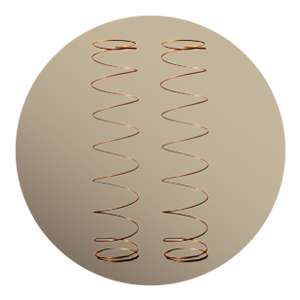
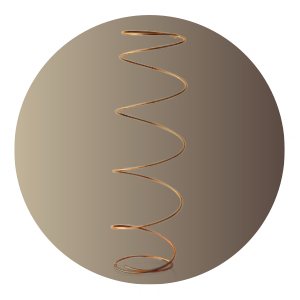
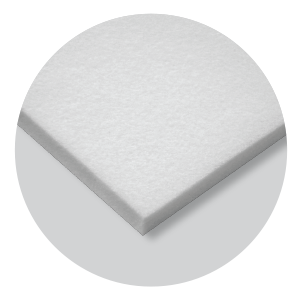
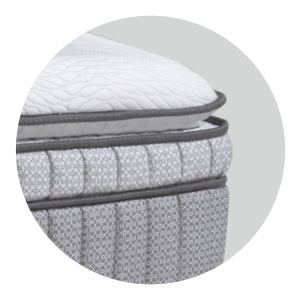
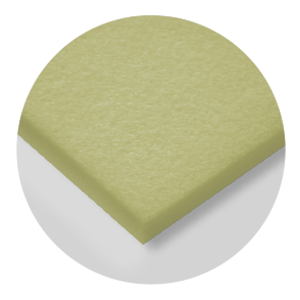
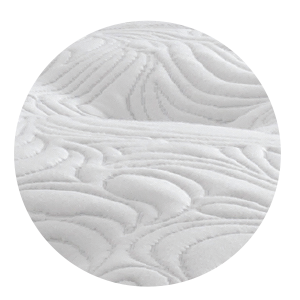
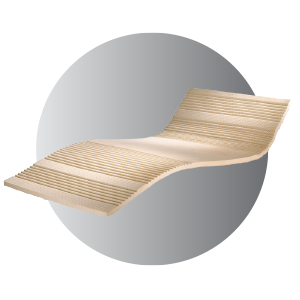
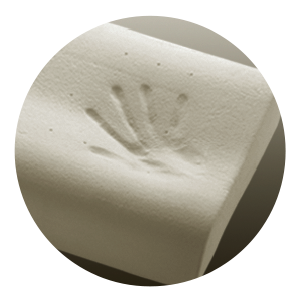
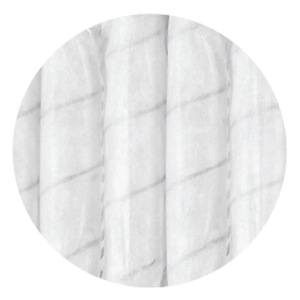
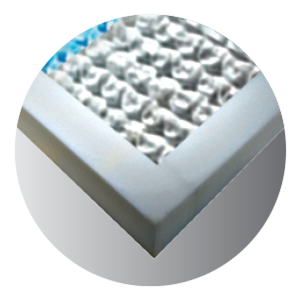
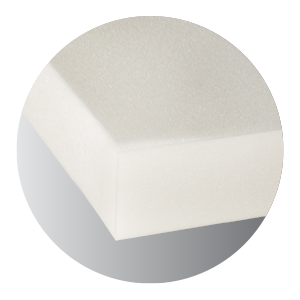
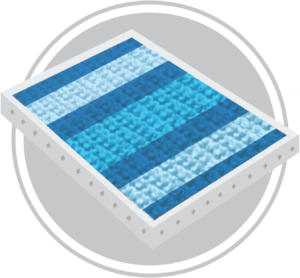
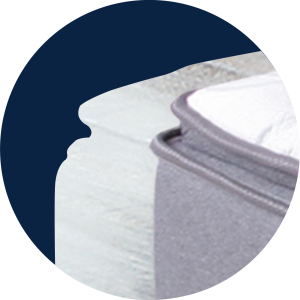
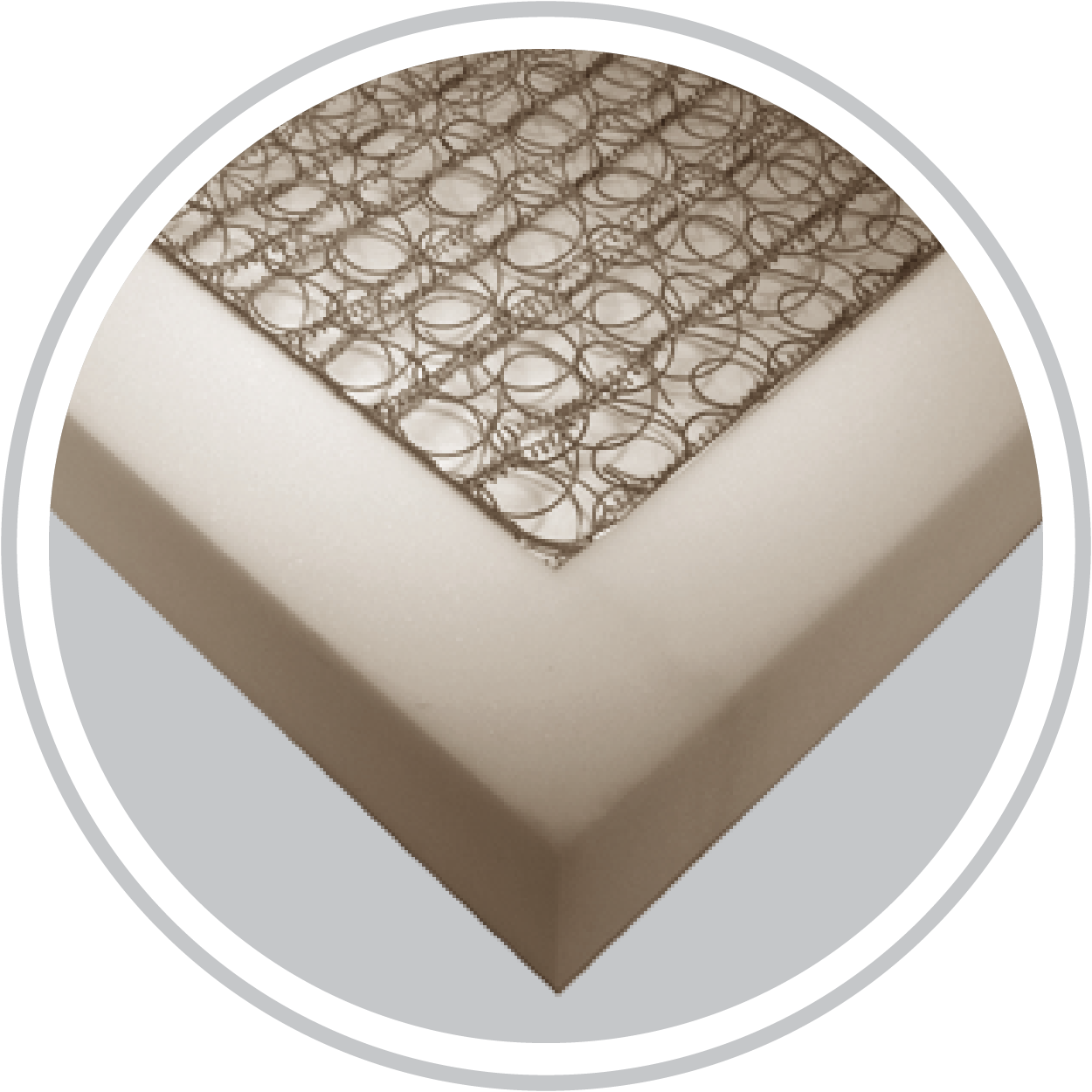
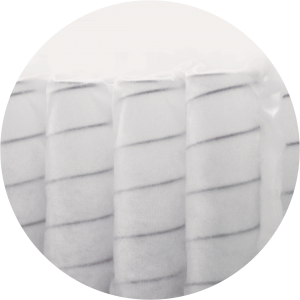
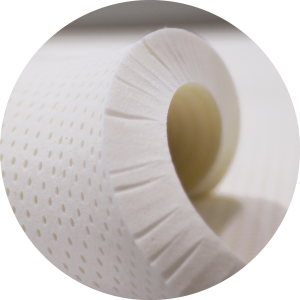

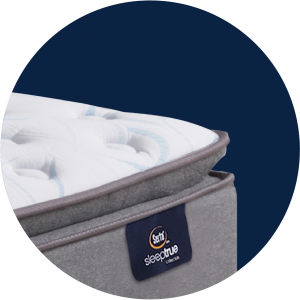
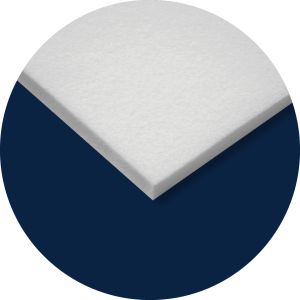
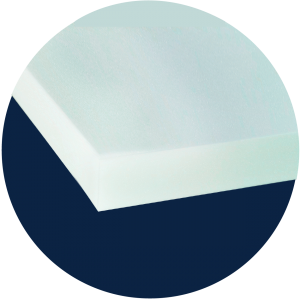
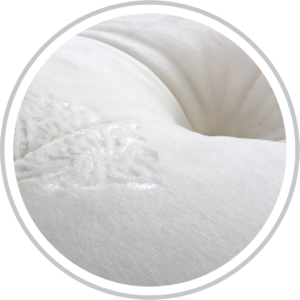
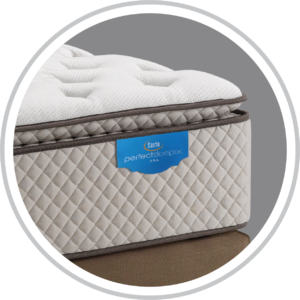
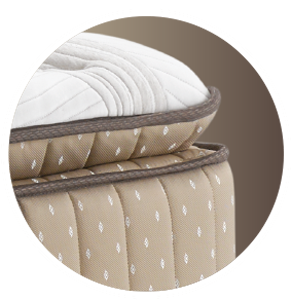
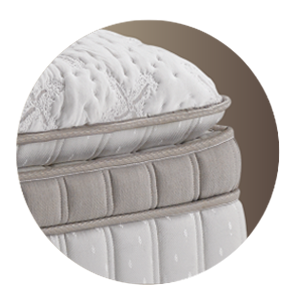
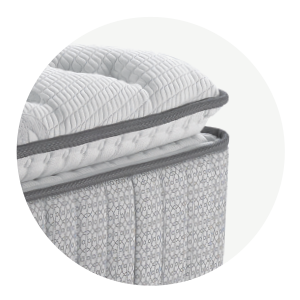
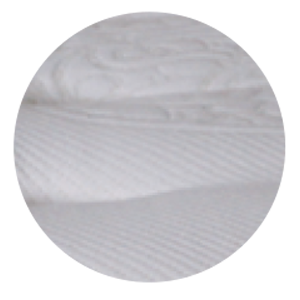
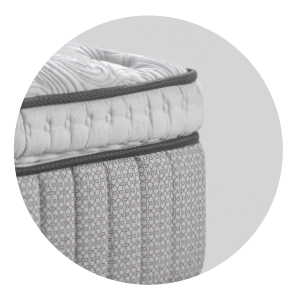
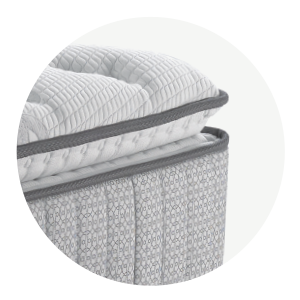

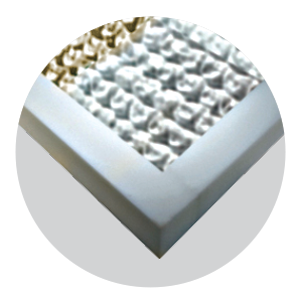
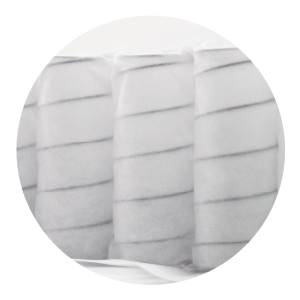
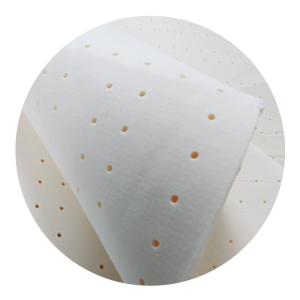
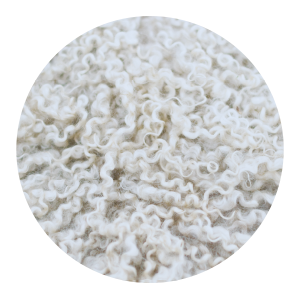
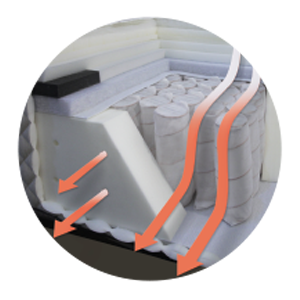
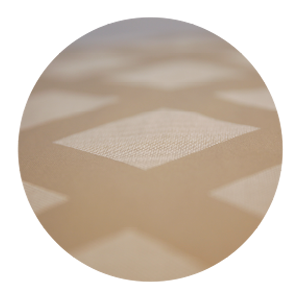
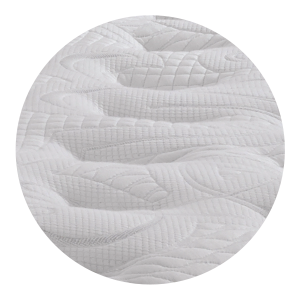
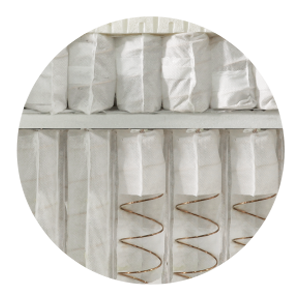
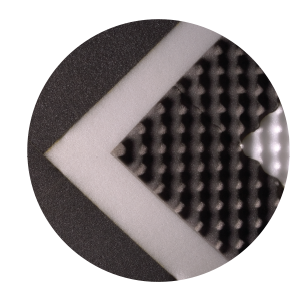

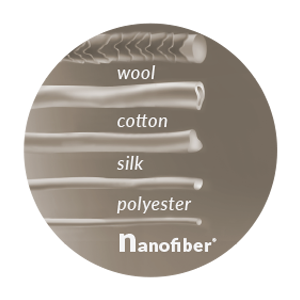
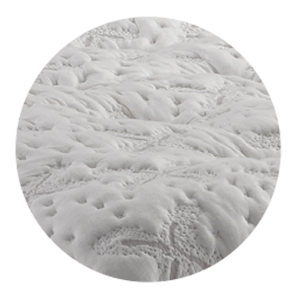
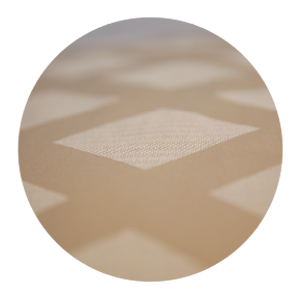
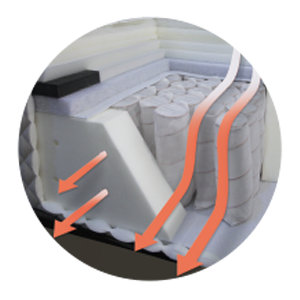
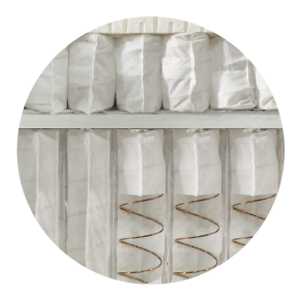
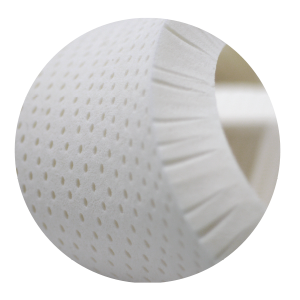
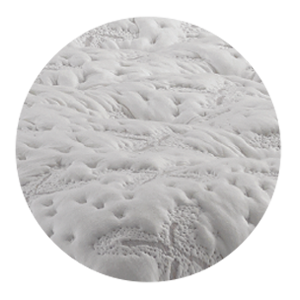
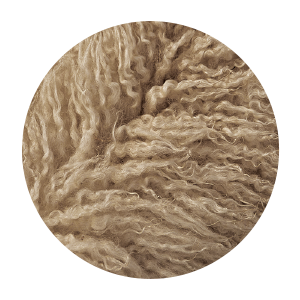
0 Comments